Is rainwater good for ponds? How do I lower the water level in my pond?
When l fill my pond should l use rainwater or tapwater?
Rainwater is by far the best water to use, if for no other reason than it is free of charge. It also is free from chemicals and is usually at the ambient temperature. Tapwater contains chlorine and fluorine as well as other chemicals to make it safe for humans to drink. It is also often very cold, especially if it has come from underground. Adding just a small amount of tapwater to the pond to top it up in very hot weather should not be a problem, but if you completely fill a pond with mains water let it stand for several days before introducing plants and wildlife so that there is time for the chemicals to disperse and the temperature to rise.How can l make sure the water level is kept topped up?
The best way of keeping the pond topped up is to run excess water from house and shed roofs into the pond. This may involve some disruption to the garden so that the necessary pipes can be laid, but it will save a lot of time and effort in the long run and, if your water is metered, it will save you money. The alternative is to use a garden hose from the nearest tap.With some ponds, especially those with fountains, where water may be blown out of the pond altogether or evaporates quickly, it may be necessary to have a connection to the mains supply. This does not mean that water runs constantly from a tap into the pond; instead, there is a ball valve in a reservoir, similar to a lavatory cistern, so that the water is turned on when the water in the pond drops below a certain level. It would be necessary to install non return valves, so this is probably a job for a qualified plumber, and you might also have to get permission from the local water authority.
What happens to excess water?
If the pond is usually topped up with a garden hose from the mains water supply then it is unlikely that the pond will ever become overfull. The normal water level will be several centimetres (1-2in) below the level of the top edge, and any rainwater can normally be easily accommodated. If, however, the water supply is taken from roofs and other hard surfaces at times of heavy rainfall, the pond may overflow. Some gardeners ignore this problem and let the water filter away through the surrounding soil. However, it is possible to take a more practical approach and build an overflow pipe, which takes away excess water. This may go to a nearby ditch or drainage channel or it may be directed into a soakaway.A soakaway is a hole, usually about 1m (3ft) in all directions, which is filled with clean rubble. It is covered with a piece of geotextile, which is topped with a layer of soil so that once built it is never seen. Water flows from the pond into this and gradually soaks away into the surrounding soil.

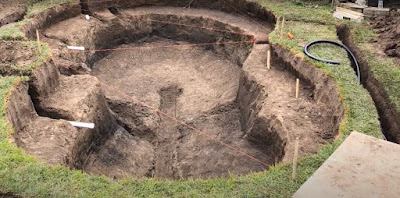
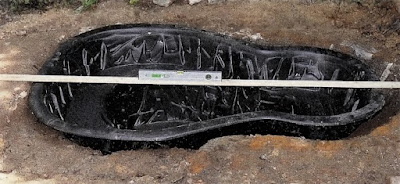



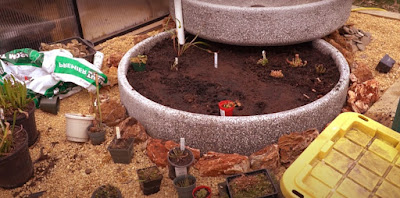


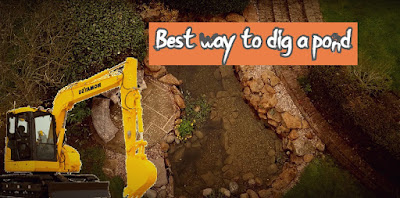
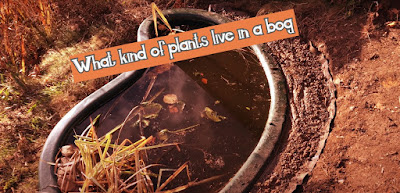
Comments
Post a Comment